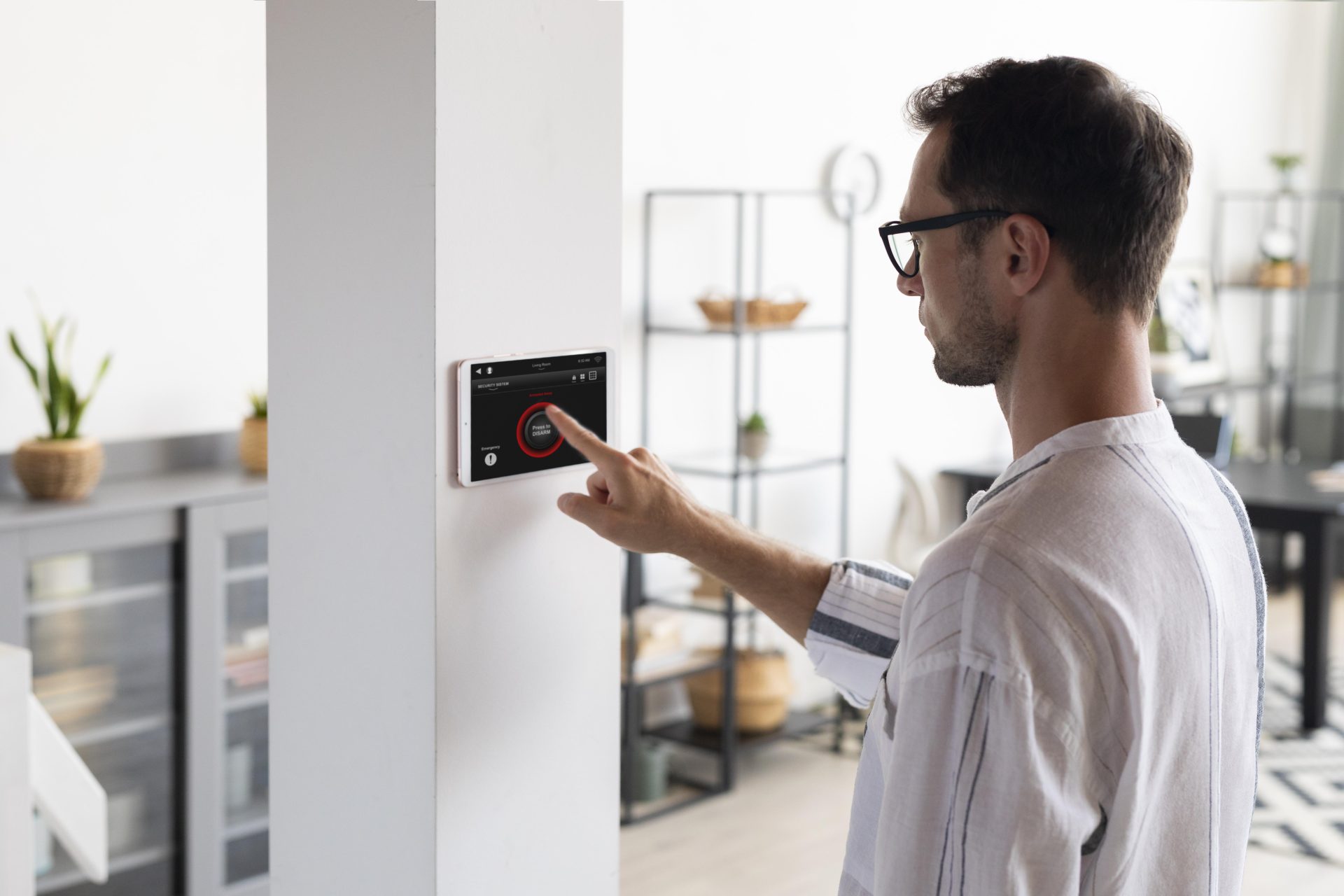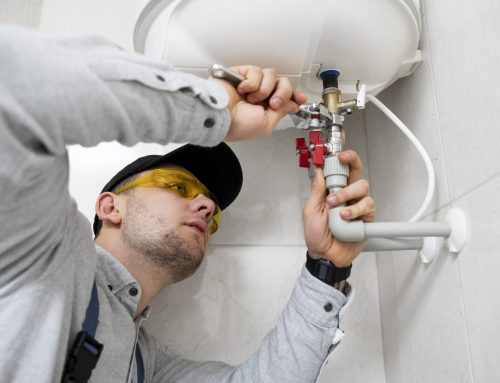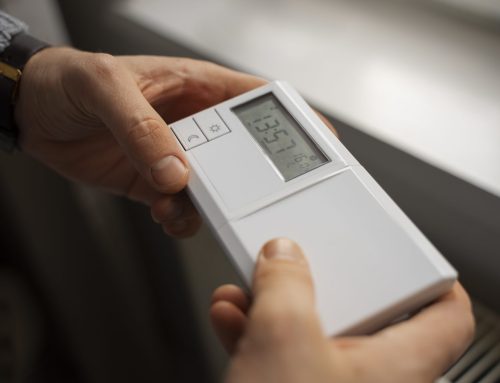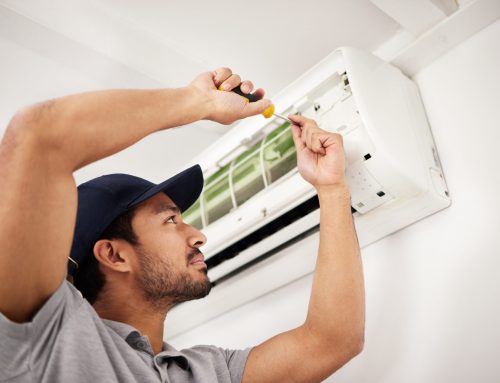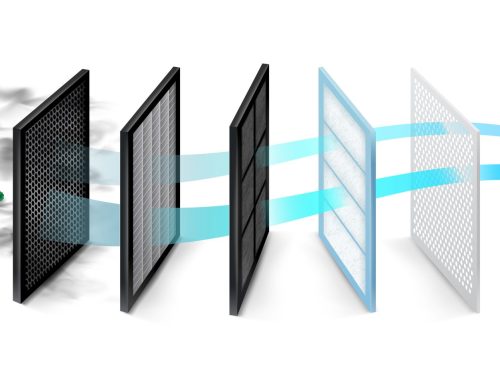In a world where energy efficiency and environmental responsibility are top priorities, sustainable design is no longer optional—it’s essential. In the field of climate control, this means integrating bioclimatic architecture, eco-friendly materials, and cutting-edge technology. In this post, we explore the latest trends in sustainable design for climate control, and how smart thermostats are playing a key role in creating healthier, more efficient, and environmentally friendly spaces.
What Is Sustainable Design in Climate Control?
Sustainable design in climate control aims to minimize energy consumption and environmental impact while keeping indoor temperatures comfortable. This is achieved by combining several key elements:
•Passive design, which uses natural environmental factors like sunlight, wind, and humidity.
•Eco-friendly and insulating materials that reduce heat loss and improve energy retention.
•Low-consumption climate systems, such as evaporative cooling or water-based systems.
•And most importantly, automated and intelligent control, thanks to technologies like smart thermostats.
The ultimate goal is twofold: lower energy bills and reduce emissions—without sacrificing comfort.
Bioclimatic Architecture: The Foundation of Natural Comfort
One of the core pillars of sustainable design is bioclimatic architecture. This approach takes into account the local climate, sunlight orientation, wind direction, and seasonal variations to design spaces that naturally regulate their temperature.
For example:
•In warm regions, buildings are designed to enhance cross-ventilation and provide shade, using elements like overhangs, pergolas, or green facades.
•In cold climates, designs focus on solar gain and thermal mass to store heat during the day and release it at night.
•Spaces are built with thermal inertia in mind to maintain consistent indoor temperatures without constant intervention.
When this architectural foundation is combined with efficient technology, it results in natural, comfortable, and sustainable climate control.
The Smart Thermostat Revolution
In this context, smart thermostats have become a cornerstone of modern energy control. These devices allow users to automate and fine-tune indoor temperature settings, adapting to habits, weather conditions, and occupancy in real time.
Key Benefits of Smart Thermostats:
1.Real energy savings: They learn your daily routines and avoid unnecessary climate system usage.
2.Remote control: Adjust your home temperature from anywhere using your smartphone.
3.Sensor integration: Advanced models monitor humidity, air quality, and even open windows.
4.Usage insights: They provide reports to help you understand and reduce your energy consumption.
5.Compatibility with sustainable systems, such as evaporative cooling or water-based systems—ideal for eco-conscious homes and businesses.
While smart thermostats are often associated with traditional HVAC systems, their full potential is unleashed when combined with sustainable technologies like those offered by Karma Clima.
Sustainable Design Meets Technology: A Perfect Match
Sustainable design and smart technology are not opposites—they’re allies. When combined, they create truly efficient spaces that balance comfort, health, and sustainability.
Here are some real-world applications:
•Eco homes that maximize solar orientation and natural ventilation, using smart thermostats to regulate interior climate without overuse.
•Green office buildings with zoned climate control, where each area is independently managed based on occupancy and usage.
•Sustainable hotels with evaporative cooling powered by solar panels, all managed by a central smart system.
In all these examples, intelligent control of temperature and air quality is what sets them apart—boosting both efficiency and user experience.
Why Switch to Smart and Sustainable Climate Systems?
Climate control can account for up to 40% of a building’s energy use, especially during extreme weather seasons. Using efficient systems and smart thermostats can reduce this consumption by up to 30%, significantly lowering your energy bills.
Other benefits include:
•Improved thermal comfort, without sudden temperature changes.
•Less dependence on external energy sources.
•Lower environmental impact.
•Longer lifespan for your climate systems, thanks to smarter usage patterns.
Tips for Implementing Sustainable Climate Control
If you’re considering adopting these strategies at home or in your business, here are some key tips:
1.Assess your local climate: Tailor your design and systems to the environment.
2.Maximize natural light and airflow: These are free and efficient ways to regulate temperature.
3.Invest in insulation: Quality windows, doors, and materials make a big difference.
4.Choose low-energy systems: Evaporative coolers or water-based systems are excellent options.
5.Install smart thermostats: They’re affordable, easy to use, and extremely effective.
6.Monitor and adjust: Use the data to fine-tune your climate strategy over time.
The Future Is Efficient, Smart, and Sustainable
Today’s users want more than just heating or cooling—they want intelligent, environmentally responsible solutions. The combination of bioclimatic architecture, low-consumption systems, and smart thermostats is reshaping how we think about climate comfort.
This is the future of climate control: not only cooling and heating, but doing so with intelligence, intention, and care for the planet. And more and more people are choosing sustainable comfort as a lifestyle.
Ready to Upgrade Your Climate Control?
At Karma Clima, we help you take the next step with solutions that combine design, efficiency, and environmental awareness. Discover how our eco-friendly cooling systems and smart thermostat integrations can transform your space.
👉 Get in touch or visit our web


